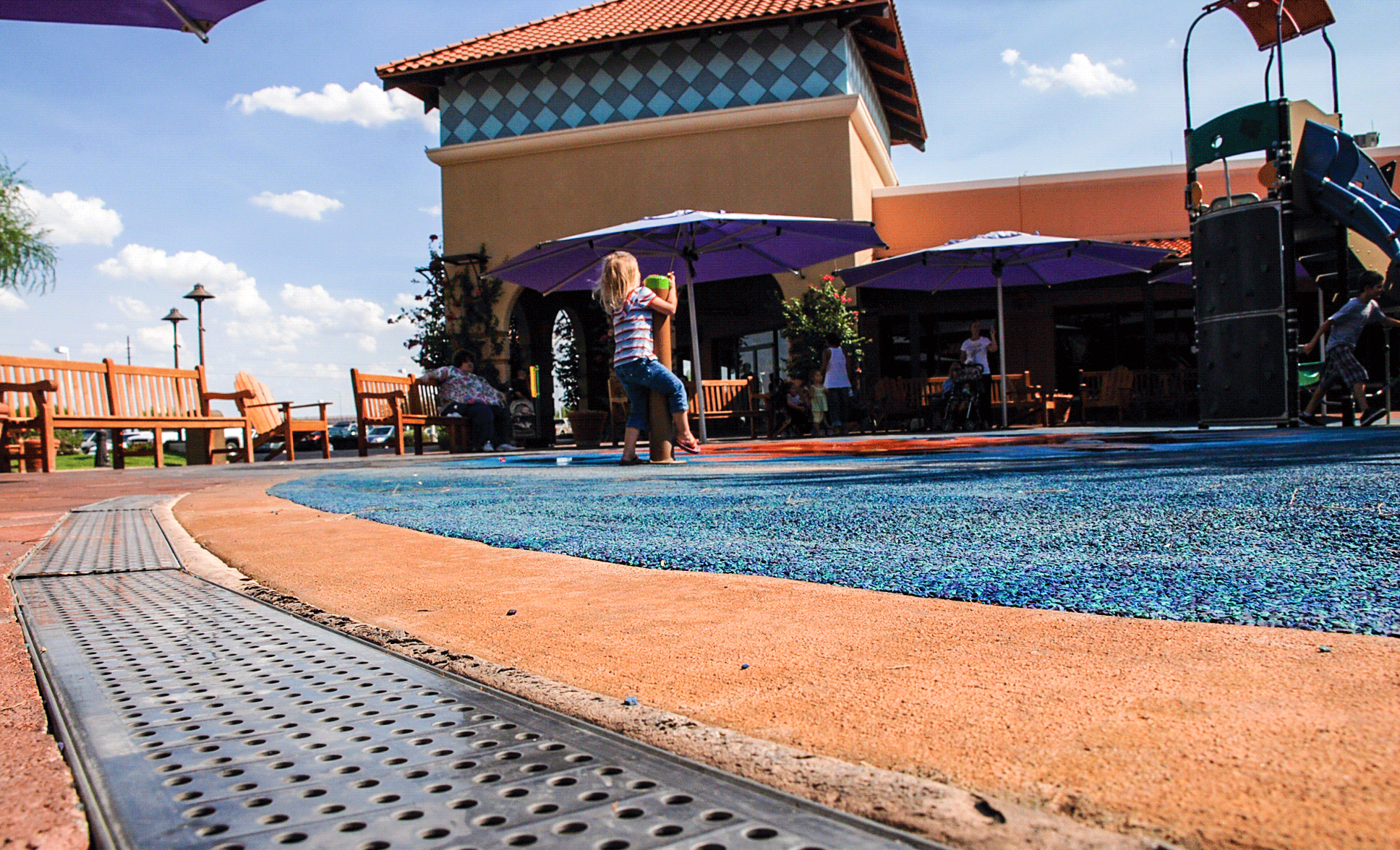
[Photo: Courtesy of ACO]
ACO By The Numbers
1946: The year ACO was begun as a small workshop by a young German inventor
4: The factor by which polymer concrete is stronger than standard concrete (in terms of compressive strength)
28-60: The weight in pounds of one of ACO’s trench drain segments (varying according to depth and slope)
700: The linear feet of ACO drainage installed at Yankee Stadium in New York City
11,000: The linear feet of ACO drainage installed in the aircraft hangars at Holloman Air Force Base in New Mexico
139: The number of world airports that rely on ACO drainage
33: The number of U.S. pedestrian plazas and parks using ACO drainage
Even though they might not receive an overall design credit, a drainage systems company called ACO is playing an important role in the building of some of the world’s greatest venues—sites like Rio’s Olympic Park, New York City’s World Trade Center complex, Dubai International Airport, and L.A.’s Hollywood Boulevard. The list goes on to include hospitals, military bases, fire stations, wineries, food manufacturing plants, and others.
If you’ve visited any of these sites, you’ve likely benefited from—and yet overlooked—ACO’s work. That’s because most of it is underground.
The ACO team specializes in advanced drainage systems: the largely invisible channels built into parking lots and plazas that “save people from water and water from people,” says Jaclyn Revis, marketing services manager for the company’s U.S. division.
“Without a way to evacuate water from the surface of a site, it’s going to sit there,” she says, adding that the water could also freeze and become dangerous. “It’s going to deteriorate the pavement, which leads to potholes that could be dangerous to pedestrians.” Beyond redirecting surface water, ACO’s systems also help treat and repurpose it, preventing pollutants from entering the water table and contributing to sustainable water practices.
The company began as a small workshop in Büdelsdorf, Germany in 1946, founded by then-22-year-old Josef-Severin Ahlmann. The young inventor experimented with various designs (from hay feeders to excavation equipment and drainage) on the site of an iron foundry started by his ancestors in the 1820s and overseen by his mother, who was said to be one of the greatest female entrepreneurs of her time, beginning in 1931.
Eventually, Ahlmann and his growing company, ACO (short for “Ahlmann Company”), found their specialty in drainage systems, emphasizing durable materials, smart design, and environmental care. The Ahlmann family continues to advance this vision today, operating in more than 40 countries under the direction of Josef-Severin’s nephew, Hans-Julius Ahlmann, and Iver Ahlmann, the son of Hans-Julius Ahlmann. The company is especially active in the U.S., where smart drainage systems are becoming more relevant alongside tightening water regulations.
They trade standard materials for smart alternatives.
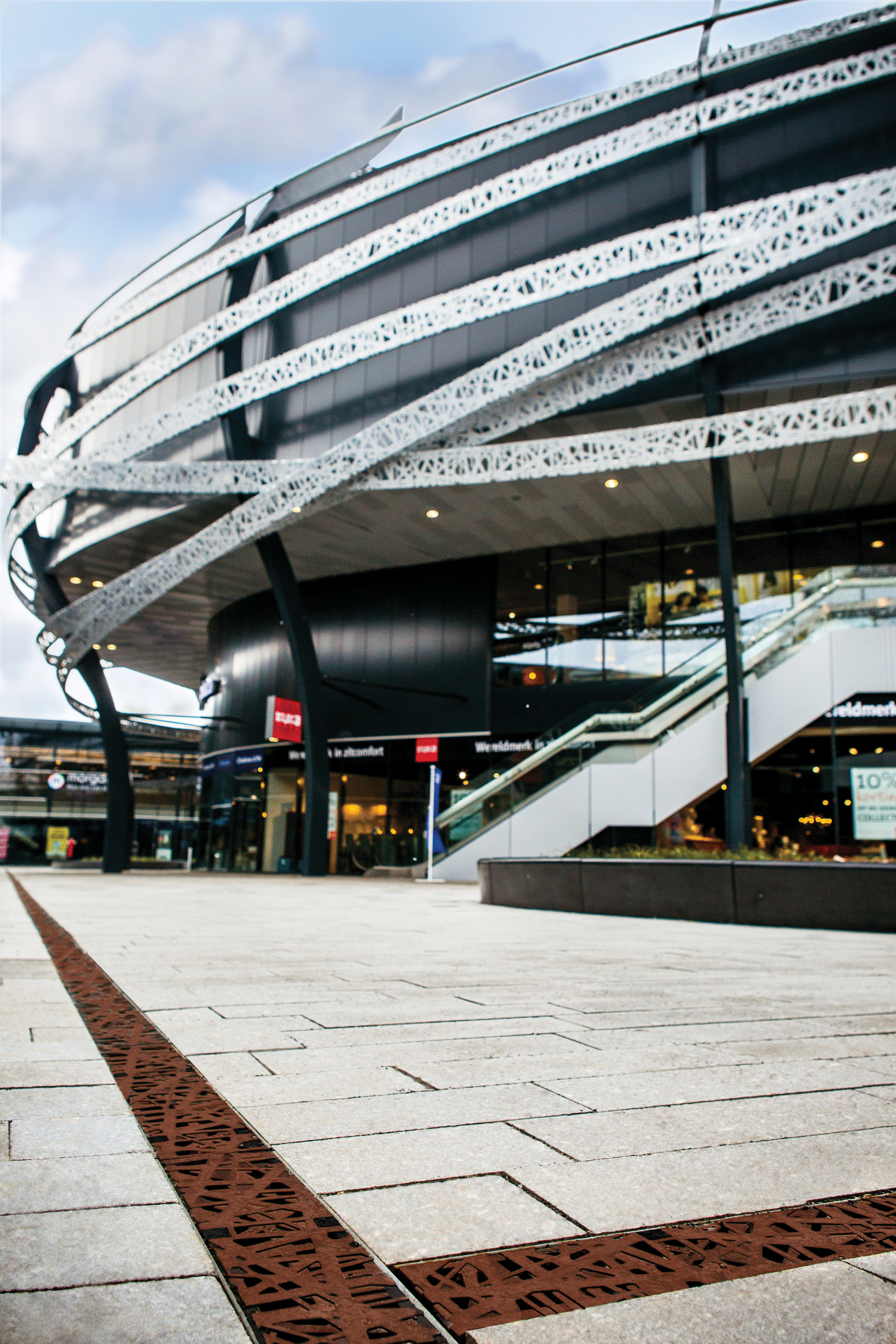
[Photo: Courtesy of ACO]
While concrete has been widely used to make drainage pipes throughout the past century, the material actually breaks down when used to channel water. That’s because concrete made with cement is highly porous: As it comes in contact with fluid, pollutants in the water such as road salts or pesticides seep into the material, causing it to crack. It’s also weakened as it freezes and thaws. This leads to hefty repair costs and material waste as concrete pipes degrade over time.
ACO solves for these issues by designing with polymer concrete, an alternative to concrete that’s bound with resins rather than cement. Through the addition of these polymers, which boost the material’s thermal stability and resistance to chemicals, it becomes less porous and more durable (not to mention stronger and lighter), according to the International Journal of Polymer Science.
They make the most of modular design.

[Photo: Courtesy of ACO]
One of the company’s most-used systems is a modular trench drain, which is essentially a long, narrow trough featuring a continuous grate that captures water along its span. These systems draw on the concept behind prefab homes, in which relatively lightweight components are designed to be easily shipped and assembled on-site. The segments come in meter and half-meter lengths, in a variety of channel sizes, and they fit together according to male/female ends. “You don’t need big excavators like you would for a 10-foot pipe,” Revis says. “You’re digging a couple feet down to be able to install these modular trenches, and it takes one to two people to move the pieces.”
These trenches also come pre-sloped—meaning the gradient required to actually redirect water is built into the system, as opposed to needing to be calibrated and dug by installation crews.
They make drainage designs that can disappear…
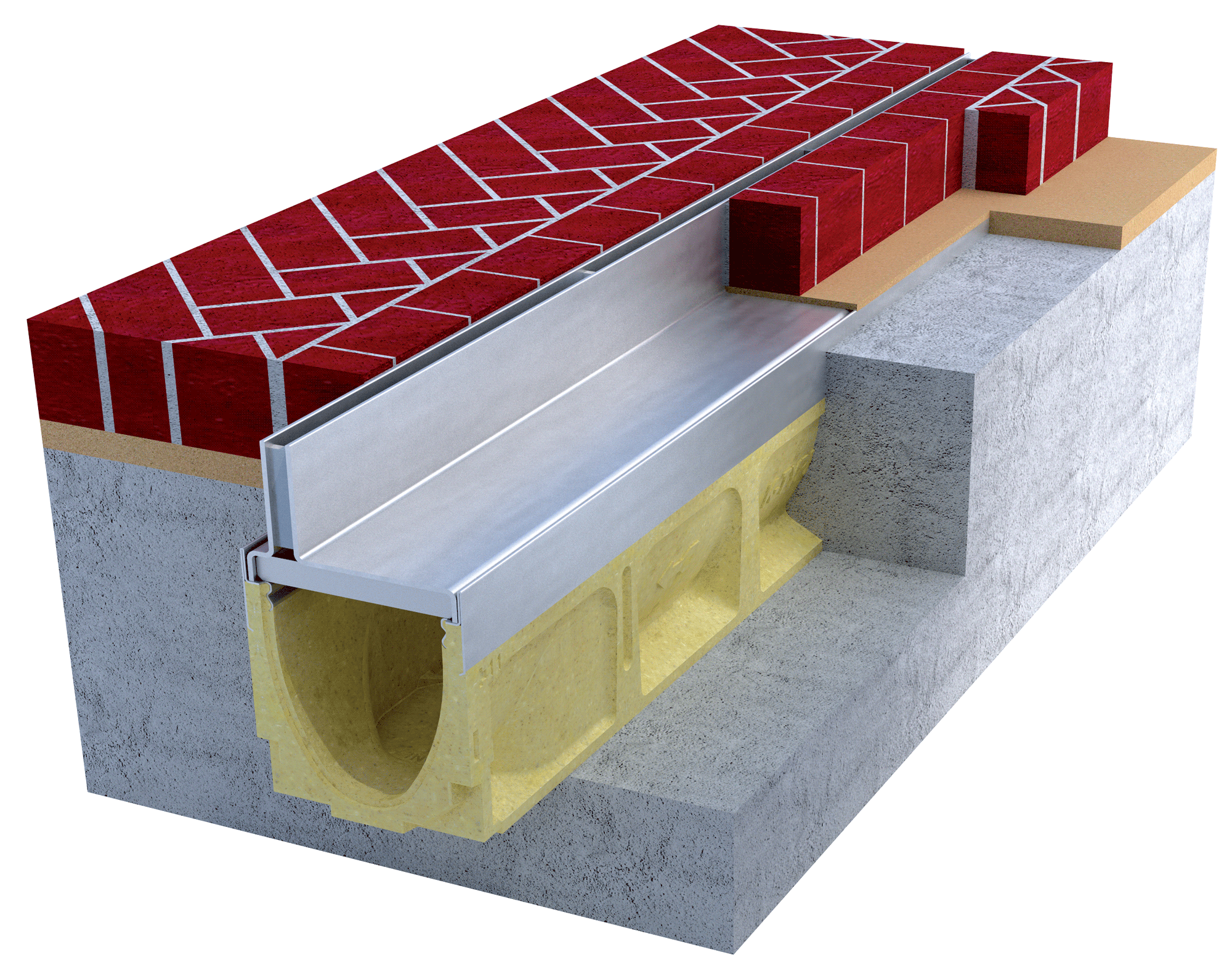
[Illustration: Courtesy of ACO]
In many cases, the best thing drainage can do for the aesthetics of a site is blend in. This is what the company sought to achieve with its “Brickslot” system. The modular system features a very narrow grate (as slim and heel-friendly as .3 inches) that, when installed, sits flush with the hardscape. The design especially appeals to landscape architects, Revis says. “They’re working with plazas and parks where they need drainage in a big way, but they don’t want to make it a focal point. They can put it along the edge of a fountain, and the [line of the] grate becomes a design element.”
…Or accent a site.
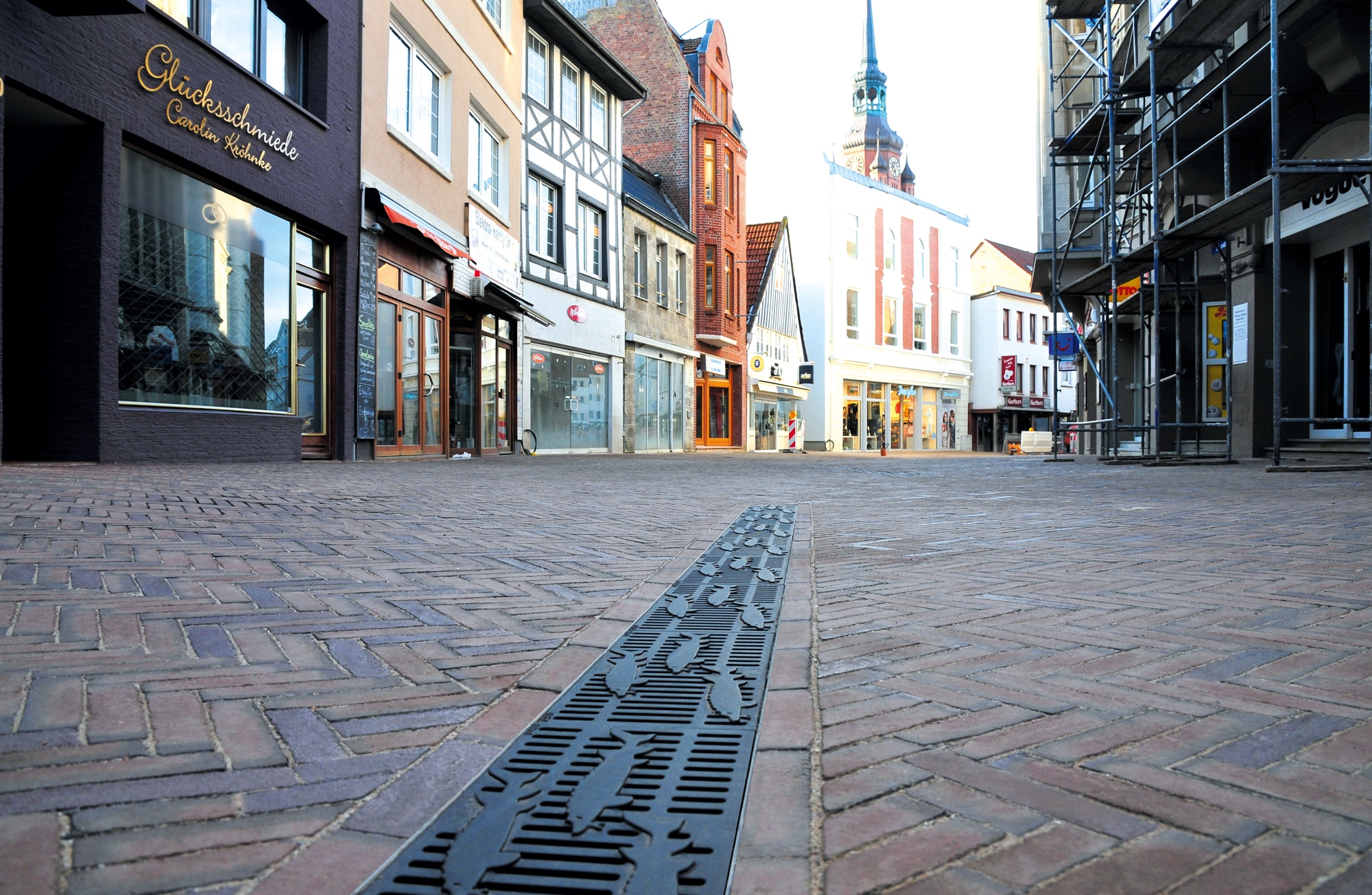
[Photo: Courtesy of ACO]
For architects and engineers wanting to embellish the details of a site (and perhaps surprise pedestrians), the company offers grates with custom surfaces—think geometric patterns, dimensional leaves, or even a company’s brand mark.
ACO also recently launched an online tool to help architects and engineers envision various grate and pavement pairings in the context of their project (acovisualizer.com). You select just a few details such as project type, desired drainage features, and surface finish, and the tool serves up product specs and an image of the elements in play.
They’re changing the (drainage) game at sports venues.
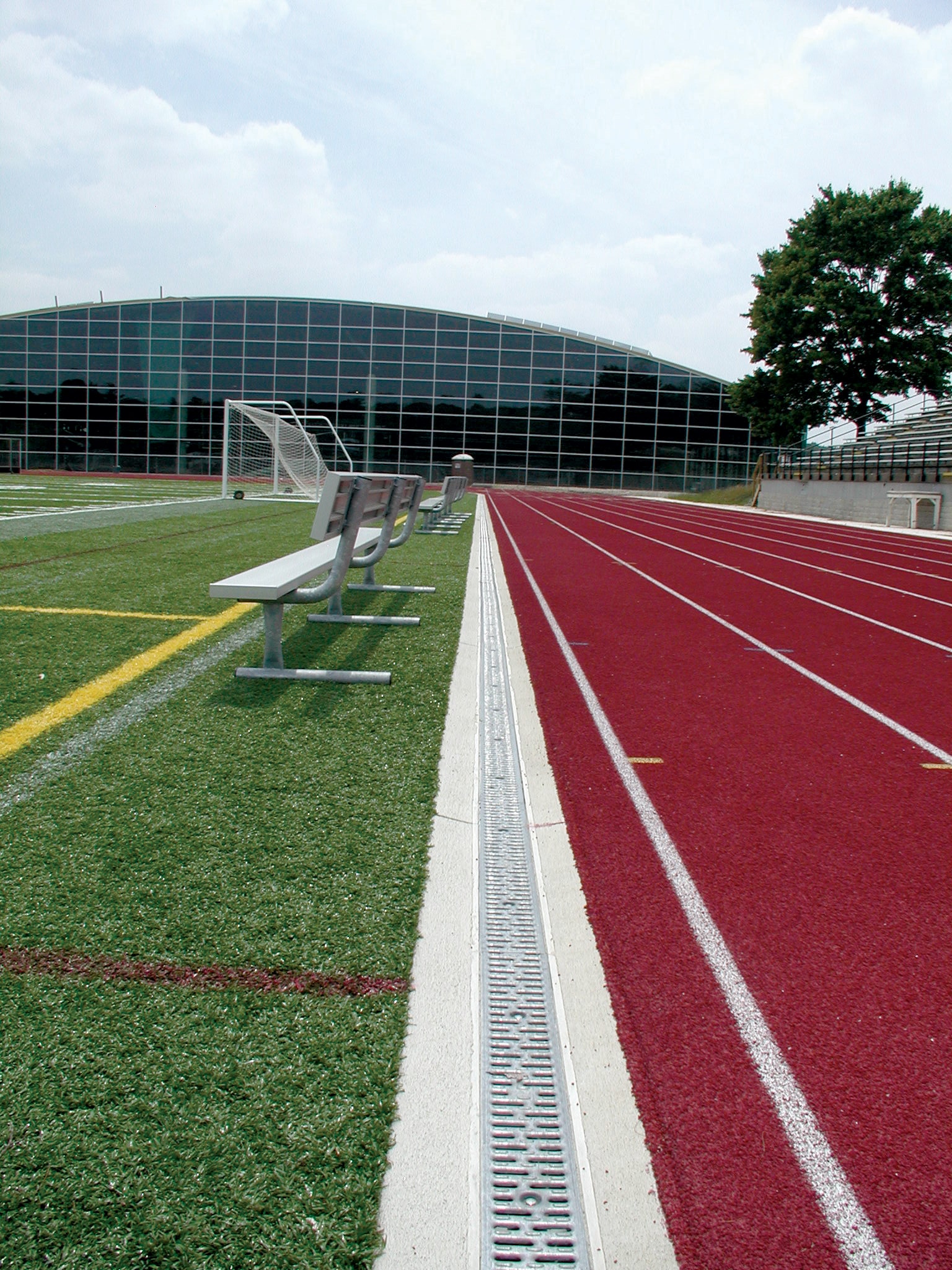
[Photo: Courtesy of ACO]
One of the company’s most “disruptive” designs, Revis says, is its applications for sports venues. In fact, the company has provided drainage for nearly every Olympic venue since 1972. These venues are highly specific, and drainage on-site is especially visible, so high-performing systems and accurate construction are key. With features like rubber grate edges to keep athletes safe, ACO Sport is a drainage system designed to integrate with playing fields and multi-purpose grounds (i.e., a track and field). “Putting drainage in between those two surfaces is a real need,” Revis says, adding that standing water on turf or courts is not only dangerous to athletes but deteriorates the facilities.
They keep water (and food) clean.
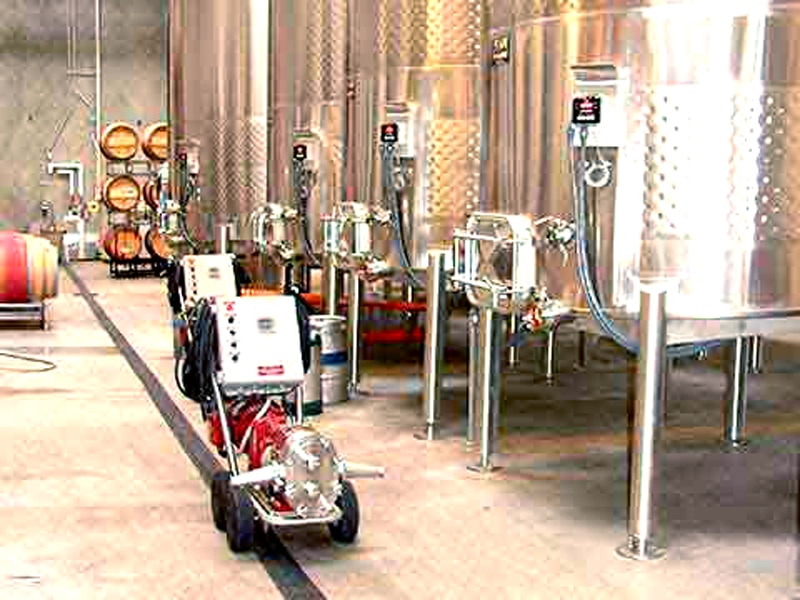
[Photo: Courtesy of ACO]
Similarly, smart drainage is crucial to commercial kitchens and food processing plants, spaces where poor water management could lead to food contamination. Here, drainage has to work doubly hard: These settings not only involve heavy water use (for both food production and cleaning) but they create grease and solids that can’t be released back into the public sewer system.
For spaces like these, ACO has done the dirty work of engineering a range of “hygienic” drainage—systems made of parts that are specifically shaped and streamlined to avoid food and bacteria buildup. These systems, which go beyond U.S. standards to meet European regulations, feature components like slip-resistant grates, foul air traps (to stave off food odor), and self-cleaning grease separators.
They protect wildlife.
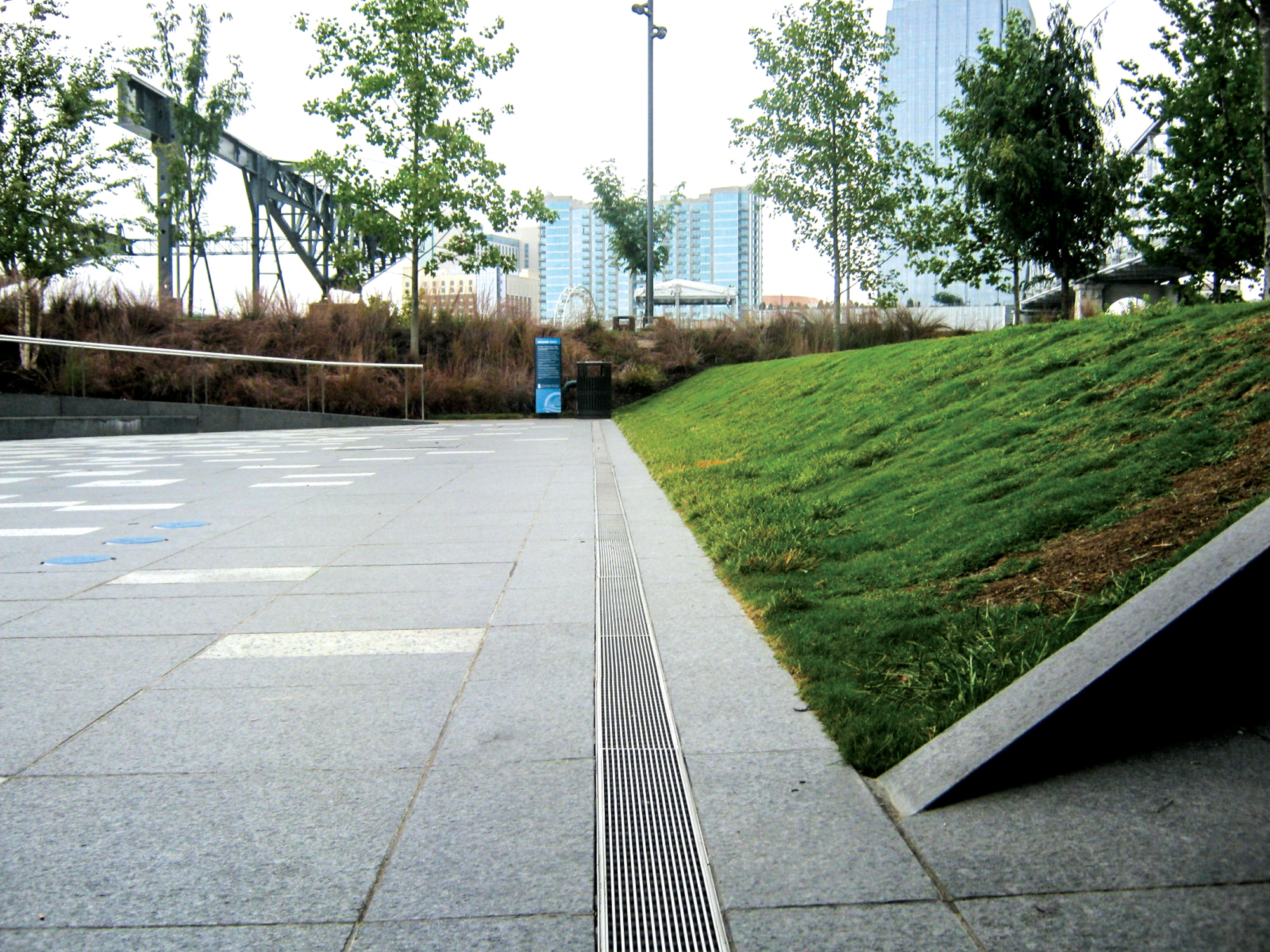
[Photo: Courtesy of ACO]
Since the late 1980s, the company has worked with environmental specialists to develop a series of “amphibian tunnels,” designed to allow small animals to safely move through developed areas. “These tunnels go under highways and roads, allowing animals to cross underneath,” Revis explains.
In Santa Cruz, California, for example, the developers of a high-end housing development used this line to protect the area’s endangered Santa Cruz long-toed salamander. Built using materials recommended by local conservationists, the system pairs fences to prevent animals from reaching the road with tunnels to guide them below. Near Calgary, in Canada’s Waterton Lakes National Park, a similar system steers small creatures clear of park roadways.
They focus on sustainable drainage.
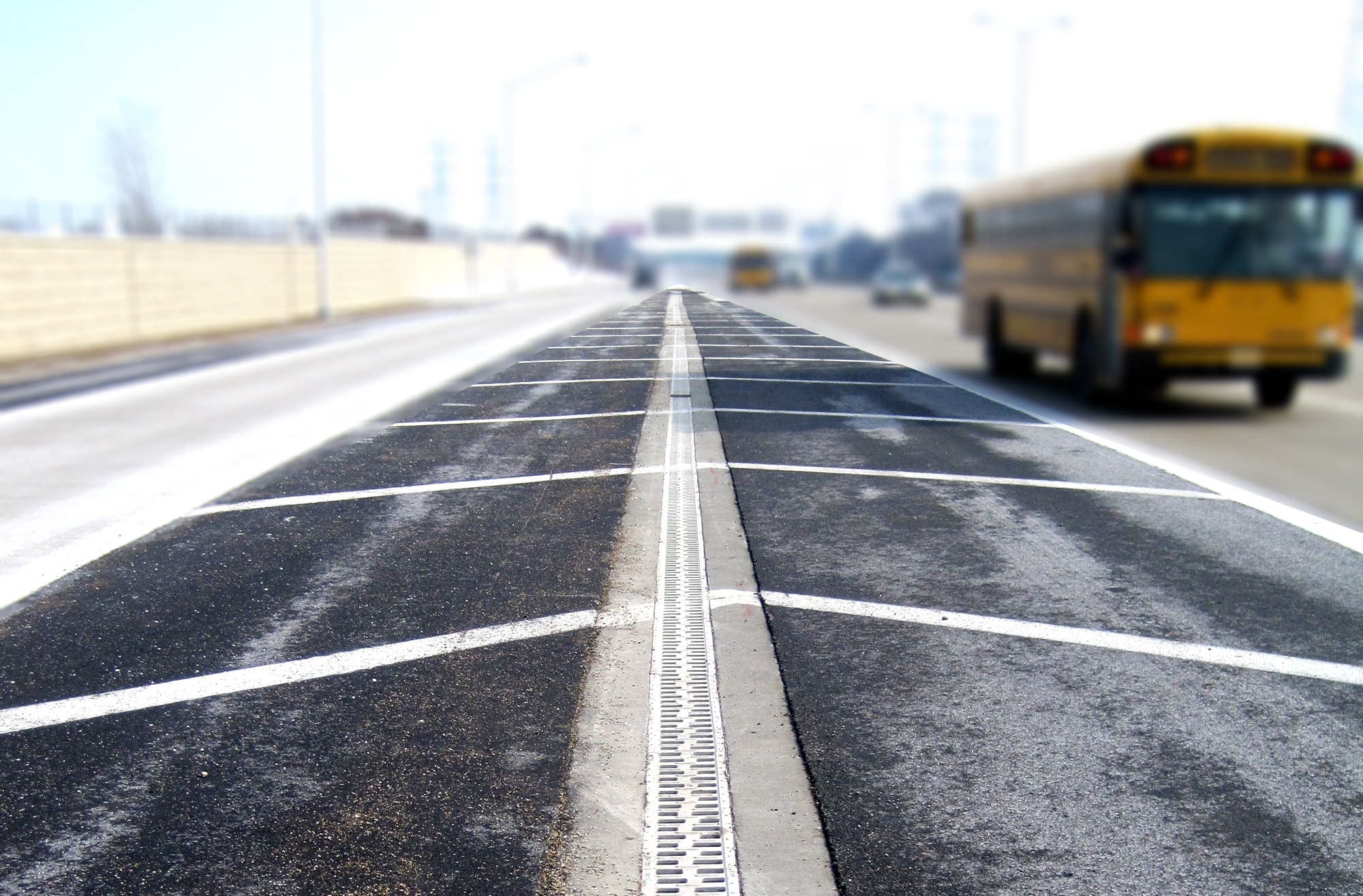
[Photo: Courtesy of ACO]
In open natural areas, rainfall organically filters back into the water table, but in developed or hardscaped areas, stormwater needs to be thoughtfully managed—that is, collected, treated, and reused when possible. This is the practice of sustainable drainage.
To this end, ACO has designed a system called StormBrixx to help sites harvest—and repurpose—large amounts of rainwater. The system is a network of cell-like containers installed beneath the surface of a parking lot or airport, for example. These containers pair with water-treatment devices such as oil-water separators to enable water to be reused on-site (an increasing demand in dry states like California).
“Designers and engineers are scrambling to meet new regulations and trying to make sure products they use help keep water on the property,” Revis says. Designs like this also help projects earn LEED credits for capturing and repurposing runoff, and for reducing a site’s water use. This is the future of drainage—a widespread use of systems that save and recycle water, just as nature intended it.
 Download a PDF of this story.
Download a PDF of this story.
To learn more, visit ACO
